Ongoing work at Maricultura del Pacífico
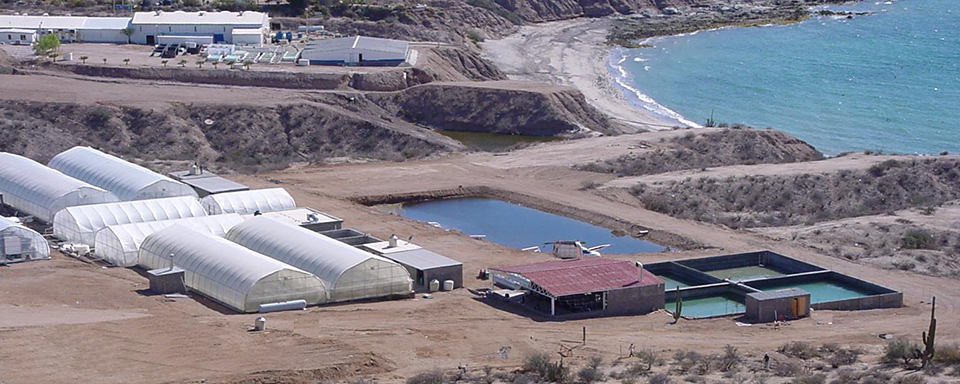
In the early 1990s, most shrimp hatcheries in Latin America were using ocean-caught shrimp for broodstock. The common belief then was that ocean-grown animals had superior reproductive capabilities, which was largely true. Farm-raised shrimp are commonly fed artificial diets that are not ideal for the production of quality broodstock.
The spread of various viral diseases in shrimp-farming areas and some oceanic regions soon led many shrimp farmers to close the life cycle and begin shrimp domestication programs to produce their own disease-free, farm-raised broodstock. Subsequently, some hatcheries adopted strict scientific protocols and started programs aimed at producing genetically improved shrimp.
Original broodstock
Maricultura del Pacífico started producing Pacific white shrimp (Penaeus vannamei) nauplii in 1995 from wild broodstock. With the onset of Taura Syndrome in 1998, the company switched to farm-raised broodstock.
The starter animals came from Venezuela, where they had been grown in captivity for many generations. After some adaptation to a fresh maturation feed, their performance was quite acceptable. The animals turned out to be a panacea for Mexico’s ailing shrimp industry.
Inbreeding concerns
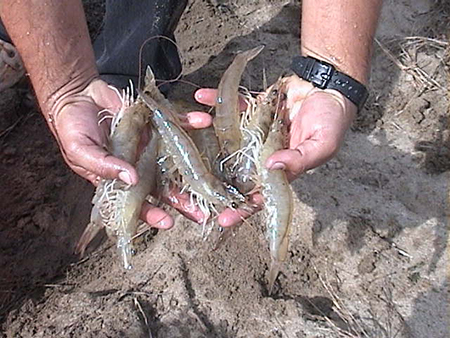
The company’s next main concern was inbreeding, for it was known that the Venezuelan line had resulted from many generations of unregulated mass selection. This type of selection takes place by collecting the largest shrimp from ponds and using them as broodstock for the next generation. Nevertheless, mass selection is suitable as part of a genetic improvement program when it operates in a way that minimizes inbreeding as much as possible, to ensure sufficient genetic variability.
Mass selection
During the last few years, Maricultura del Pacífico implemented a mass selection program at its broodstock farm. The first step was to incorporate about 30 percent “new blood” by adding shrimp from Sinaloa, Mexico and El Salvador to the original Venezuelan line. Outside shrimp are quarantined at a special facility.
Effective breeding number
The performance of these new animals proved adequate, so the staff started paying special attention to the effective breeding number (number of individuals that will produce the next generation of broodstock), which has been kept at over 320.
The only criterion for selection is growth rate. From an initial population of 300,000 postlarvae, 30,000 animals are selected at 12 g. From those, 15,000 are kept when they average 24 grams. About 10,000 animals are eventually selected from each of the two annual production cycles. As a result, marked increases in growth rate have been noted at both Maricultura del Pacífico and its customers’ farms.
Family selection
A well-planned mass selection program is quite suitable for genetic selection. Another option is family selection, which allows for strict control of crossings and evaluation of performance. A family is a group of individuals that have the same father and mother. In family selection, each group of siblings is assessed individually, thus ensuring correlation between performance and genetic make-up.
Typical program
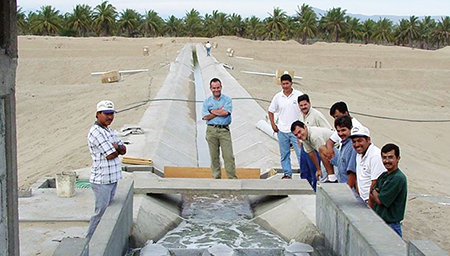
A typical family selection program consists of a hatchery that produces as many families as the program requires (usually between 50 and 200), with each family’s performance followed. Each family is evaluated throughout the stages of culture, from larval rearing to pond grow-out, when they are screened. This requires facilities for independent culture of each family until the individuals are large enough for tagging with a family marker. After tagging, the animals can be reared communally for comparison of performance among families. Typical parameters assessed are survival, growth rate, size uniformity, and disease resistance.
Selection cycle
Performance improves with each generation. Unless sufficient safeguards are taken to avoid inbreeding, eventually there is a need for “new blood.” Then, new individuals are introduced to the program, preferably high-performing animals from another breeding operation.
Conclusion
As the shrimp aquaculture industry expands, more efficient management practices are needed. Shrimp domestication is of paramount importance for the industry to be accepted worldwide as a legitimate and sustainable activity. Genetic improvement will play a key role in the further development of this ongoing domestication.
(Editor’s Note: This article was originally published in the February 2002 print edition of the Global Aquaculture Advocate.)
Now that you've reached the end of the article ...
… please consider supporting GSA’s mission to advance responsible seafood practices through education, advocacy and third-party assurances. The Advocate aims to document the evolution of responsible seafood practices and share the expansive knowledge of our vast network of contributors.
By becoming a Global Seafood Alliance member, you’re ensuring that all of the pre-competitive work we do through member benefits, resources and events can continue. Individual membership costs just $50 a year.
Not a GSA member? Join us.
Author
-
Ricardo Hernández
Maricultura del Pacífico, S.A. de C.V.
Pesqueira 502 L5 Centro
Mazatlán, Sin 82000 México
Tagged With
Related Posts

Health & Welfare
A look at aquaculture genomics
Advances in genomics assist aquaculture science by deepening the understanding of adaptation, physiology and quantitative genetics.
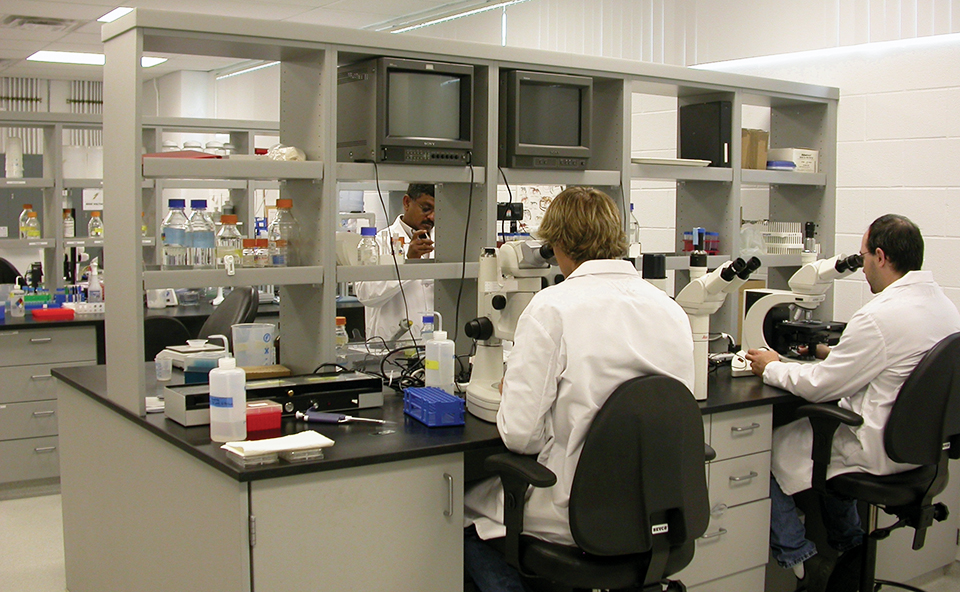
Health & Welfare
Genetics contribute to profitable shrimp production
Genetics is an important factor in shrimp farming. Improvements in disease resistance and robustness can be achieved with within-family selection, shorter generation intervals and marker-assisted selection.
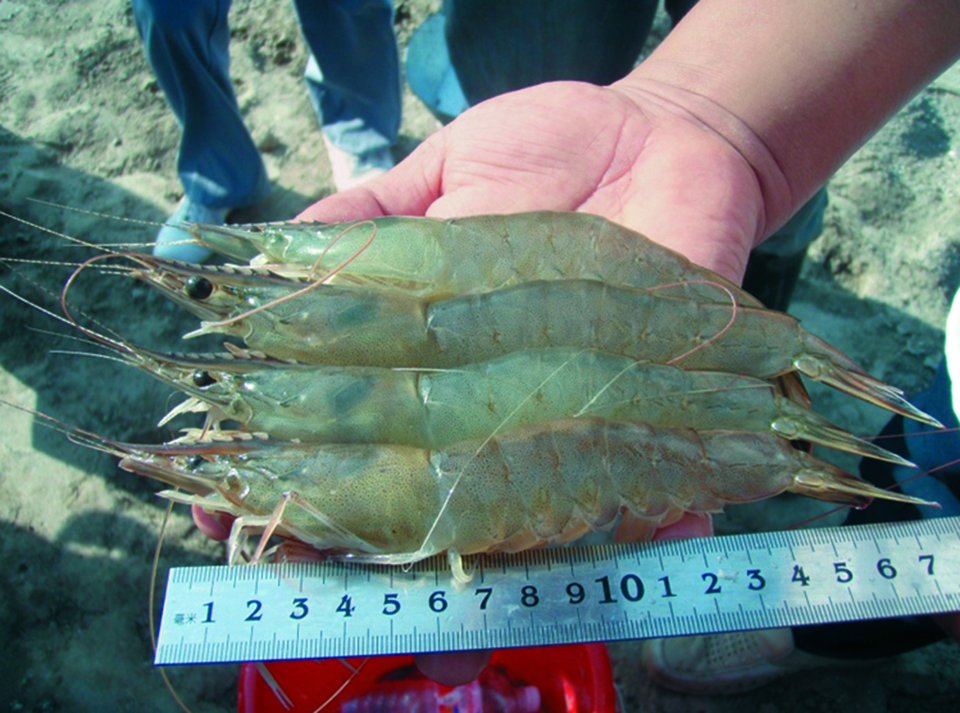
Health & Welfare
China rebuilds fleshy shrimp industry
In China, fleshy shrimp have had much higher market value than other shrimp species. China’s aquaculture scientists and fishery agencies have therefore worked closely with shrimp farmers to rebuild the farming industry for F. chinensis.
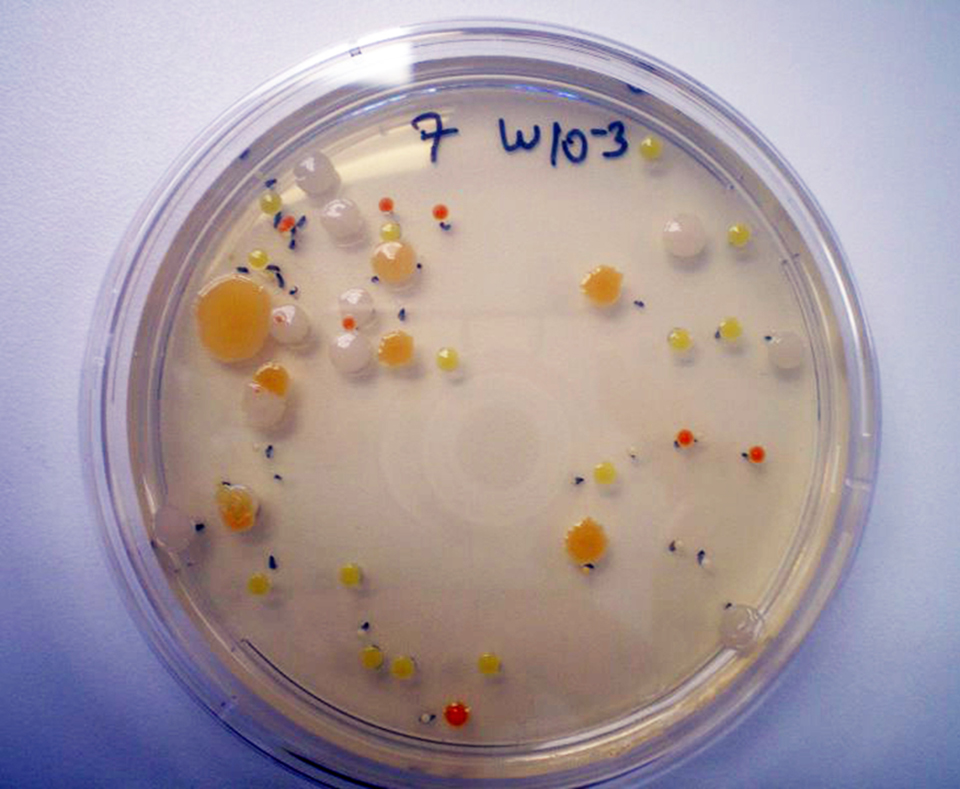
Health & Welfare
Probiotics, prebiotics in aquatic animals
Research has shown that probiotics and prebiotics can help mediate stress responses and improve disease resistance, growth performance, feed utilization, carcass composition and other traits by stimulating animals’ innate immune systems.


